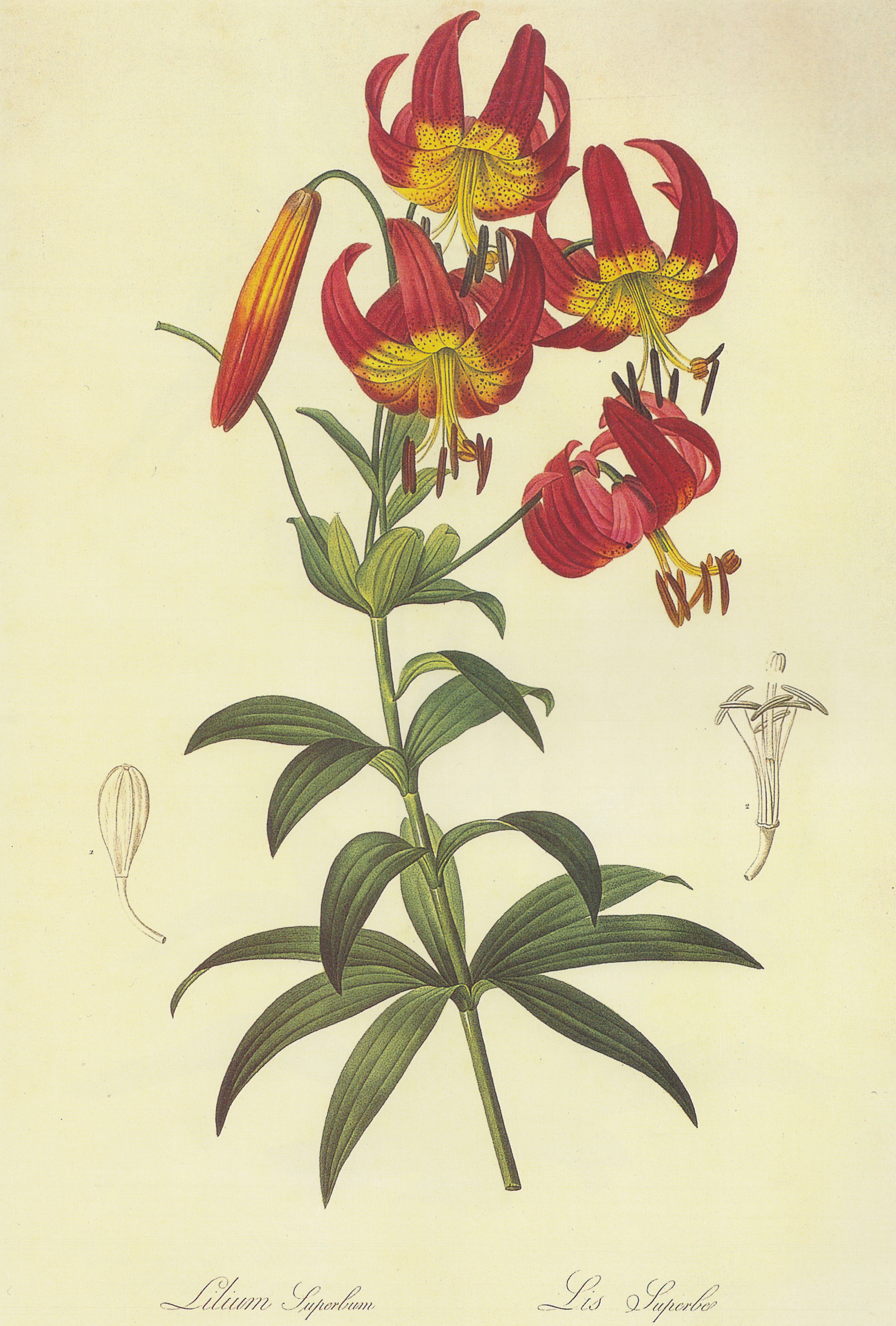Yesterday morning Marni and I took a tour of the Cathedral of St. John the Divine in Morningside Heights. If you live in NYC and you haven't been, put it on your to do list. I found myself wondering if I had somehow taken the 1 train to France, England, or similar gothic cathedral territory (if you've ever sat on the train from Brooklyn to the Upper West Side you know it feels plausible). St. John is huge; it is the fourth largest Christian church in the world, and the architecture is stunning, though perhaps doomed to be eternally unfinished. The 11 acres of grounds that surround the cathedral are beautifully landscaped, dotted with sculpture, and home to three peacocks.

A peek into the Biblical Garden.
Surprise peacock.
Perhaps more incredible than the interior and grounds is the roof. We hiked up a dark stone spiral staircase and out onto this:
Plants growing on the roof!
 Under the buttresses.
Under the buttresses.
A few blocks away is the rain garden we recently completed at Columbia's Teachers College. We headed over there to do see what's blooming and take some photos.
In the above photo you can see a cultivar of Joe Pye weed called "little Joe" (tall, pink and in the center), latin name Eupatorium dubium, and fameflower, or Talinum calycinum. Joe Pye weed is native to the east coast.

 Fameflower is a favorite at Alive Structures. It's such a champ! It has been blooming for a month now and just keeps going. We love the way it looks against the rocks, and we often use it on green roofs as well. Fameflower is very drought tolerant, versatile, and one of the few succulents native to North America.
Fameflower is a favorite at Alive Structures. It's such a champ! It has been blooming for a month now and just keeps going. We love the way it looks against the rocks, and we often use it on green roofs as well. Fameflower is very drought tolerant, versatile, and one of the few succulents native to North America.


Last is this Great Blue Lobelia, or Lobelia siphilitica. This is in the bellflower family and just looks like it belongs in swampy habitats (it does) - perfect for rain gardens. Unfortunately it is listed as endangered in Massachusetts and exploitably vulnerable in New York.






































